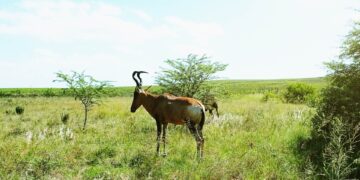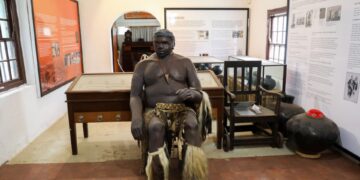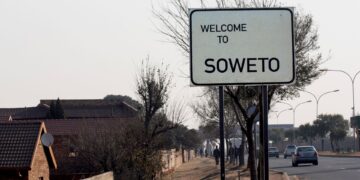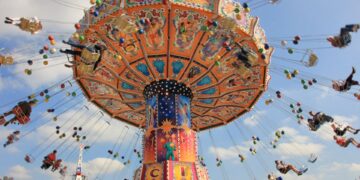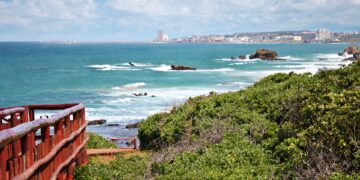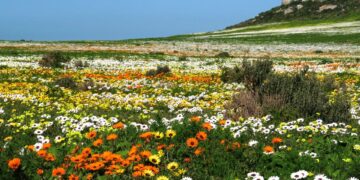Along thin, steep, cobblestone streets, densely packed and vibrantly painted houses, vie for space with mosques, tailors, spice shops and fresh produce stores kept in the family for generations.
Since 1760, Bo-Kaap has changed names, if not its identity, many times. First known as Waalendorp, it later changed to the Malay Quarter, the Slamse Buurt and Scotcheskloof.
Bo-Kaap literally translates to “Above Cape Town” from Afrikaans to English and somewhat ironically too. Even though it is situated high up, facing the slope of Signal Hill – originally, this was the CBD-servicing slave quarter of the Cape Colony – geographically above their masters but legislatively below.
Although Capetonians above a certain age remember that, before liberation the houses of the Bo-Kaap were all strictly white. While under apartheid subjugation, the Muslim and Malay residents were not allowed to own the houses they lived in and had no say in their appearance either. After liberation, some of the occupants become owners and this seems to be how the houses became so colourful – a simple expression of the rainbow nation.
There are also three kramats (an Islamic shrine) in Bo-Kaap for Tuan Nuruman, Tuan Sayeed Alawse, and Tuan Guru. These are the burial sites of three prominent early Cape Muslim Imams, known to some as the Saints of Islam. The kramats are very important to the Bo-Kaap and the Muslim community often go to the shrines to pay their respects.
While greater Cape Town provides a cornucopia of international options for the food tourist, it is in Bo-Kaap where you will find the truly local dishes of the Cape. Fish, stews, roasts and spicy curries bursting with cinnamon, saffron, tamarind, fruit and chillies are common around a Cape Malay dinner table. Bo-Kaap’s fresh produce stores and spice shops provide the ingredients if you’re brave enough to try to prepare for yourself and, if not, there are plenty of smaller takeaways and restaurants to experience the hybrid tastes of this creole culture.
What to do in Bo-Kaap

Bo-Kaap doesn’t just offer beautiful, coloured house. Culture-buffs and foodies are spoiled for choice in this suburb. With the area being as historically and culturally-rich as it is, visitors can take their pick of art exhibits, museums and historical and food tours. Here’s our top picks:
Read more
Where to stay in Bo-Kaap

Where to eat in Bo-Kaap






